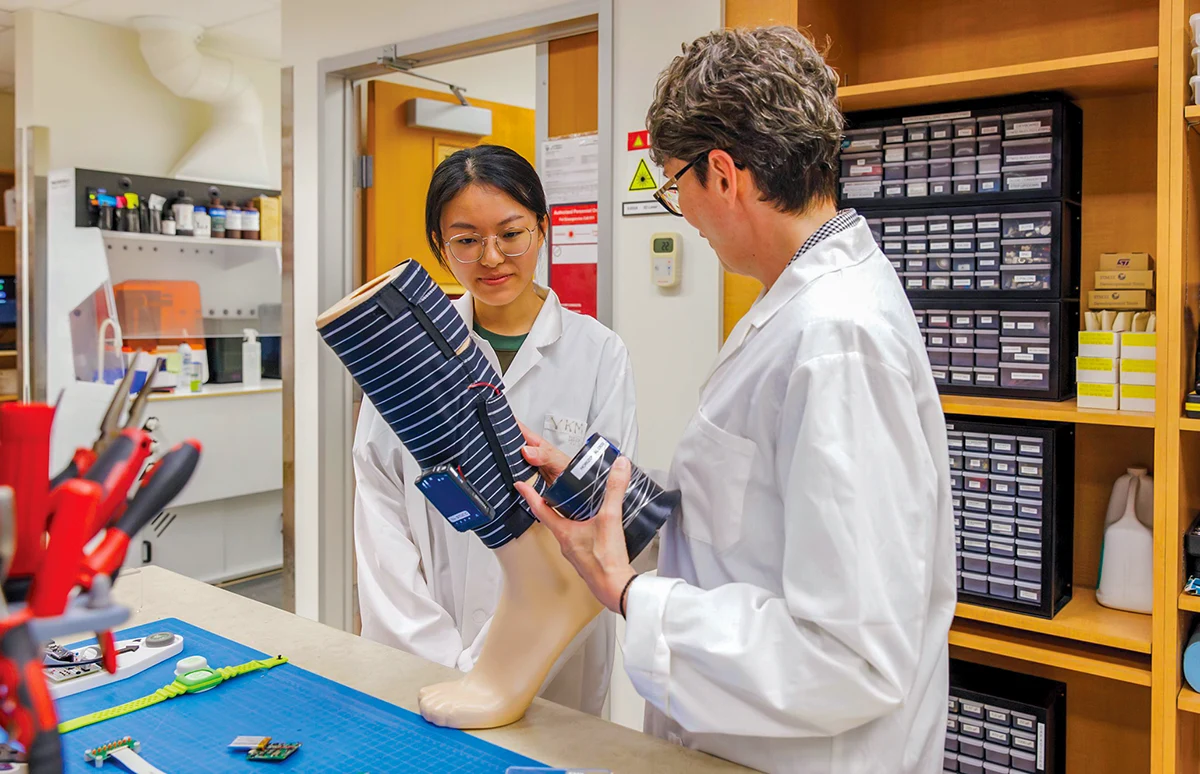
Vivian Mushahwar (right), Director of iSMART, researches AI sensor fabrics.
An interdisciplinary research team at the University of Alberta has made a breakthrough in the field of fashion that applies health care technology to users. Vivian Mushahwar, Director of the Institute for Smart Enhancement, Recovery and Health Innovation Technology (iSMART), has brought together 64 researchers and collaborators from the University of Alberta and in Canada, the US, and Europe to form a research team. In 6 years with a funding of about 24 million USD, the team aims to create smart clothing that is linked to protecting the wearer's health.
Accordingly, the research team invented a number of synthetic materials that can sense temperature, deformation and pressure, and change shape, size and stiffness. AI sensors are integrated to determine the user's intention, providing analysis appropriate to the movements. Professor Dan Sameoto of the research team said: "These multi-material fibers will act as artificial muscles or stiffness conversion materials." Thus, smart clothing with AI will be like a tool to support users to ensure health safety. These clothes are very suitable for people with physical problems. Specifically, the shirt can change shape and stiffness to help users recover from shoulder injuries, or the pants can support the treatment of muscle weakness so that users can walk and do normal activities.
The application of AI technology in fashion to serve the health of users is of great interest to many scientists . For example, a newly published study by a group of scientists from Suzhou University (China) on A-Textile. A-Textile is a soft, flexible and washable electro-acoustic fabric. The structure of A-Textile consists of many layers: a composite coating containing three-dimensional tin sulfide (SnS₂) nanoparticles in silicone rubber, graphite-like carbonized fabric. This structure allows the ability to collect and amplify the natural static charge generated on clothes when the user speaks. According to the research team, this AI fabric can recognize voices with up to 97.5% accuracy, allowing users to adjust as they like. In addition, it also connects to cloud services, allowing the combined operation of other applications: Google Maps, ChatGPT...
Statistics on the global smart clothing market reached about 5.16 billion USD in 2024, forecast to increase to about 21.48 billion USD in 2030, with a compound annual growth rate (CAGR) of about 26.2%. Accordingly, dressing well is now shifting to smart dressing. In the current market, there are many technology fashion products that are loved and sought after. Like Sepiia from Spain, the French brand Sigille are leading this market. The products of these brands all apply sensor technology, focusing on the health of users, such as heart rate sensors, health monitoring, self-adjustment or fabric that changes color according to temperature. Unseen (UK) also created a fabric that can change color according to body temperature or ambient light to help balance body temperature with outside temperature.
According to experts, consumers are increasingly concerned about health, so the combination of fashion and technology has opened a new turning point in the line of smart fashion products. Not only are new materials born, but convenience also helps reduce production costs and waste to the environment. However, there are not many smart fashion products because the creation process is long, the cost is quite high for the initial testing phase. In addition, there are complex technical factors, design, and durability.
BAO LAM (Synthesis)
Source: https://baocantho.com.vn/xu-huong-thoi-trang-thong-minh-a193355.html



![[Photo] Fall Fair 2025 and impressive records](https://vphoto.vietnam.vn/thumb/1200x675/vietnam/resource/IMAGE/2025/11/03/1762180761230_ndo_br_tk-hcmt-15-jpg.webp)

![[Photo] General Secretary To Lam receives Singaporean Ambassador Jaya Ratnam](https://vphoto.vietnam.vn/thumb/1200x675/vietnam/resource/IMAGE/2025/11/03/1762171461424_a1-bnd-5309-9100-jpg.webp)
![[Photo] Lam Dong: Close-up of illegal lake with broken wall](https://vphoto.vietnam.vn/thumb/1200x675/vietnam/resource/IMAGE/2025/11/03/1762166057849_a5018a8dcbd5478b1ec4-jpg.webp)
![[Photo] Prime Minister Pham Minh Chinh receives the Chairman of the Japan-Vietnam Friendship Association in the Kansai region](https://vphoto.vietnam.vn/thumb/1200x675/vietnam/resource/IMAGE/2025/11/03/1762176259003_ndo_br_dsc-9224-jpg.webp)
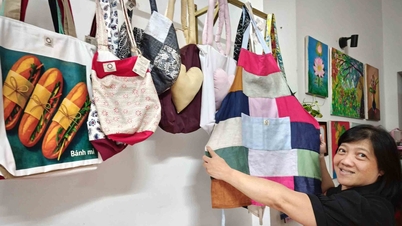






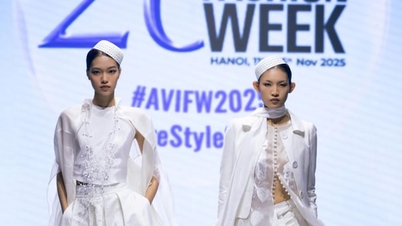








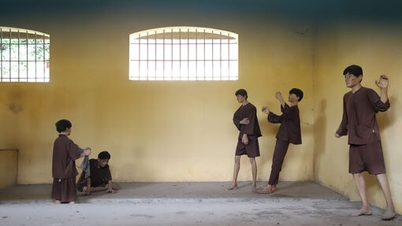









































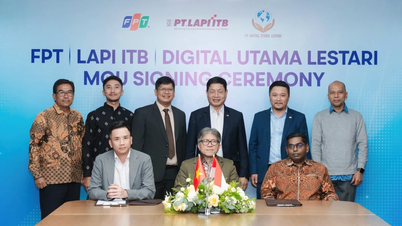











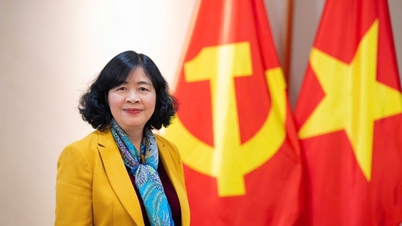
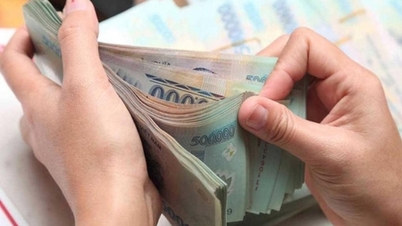




































Comment (0)